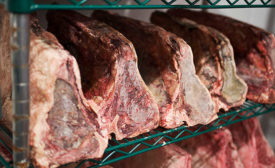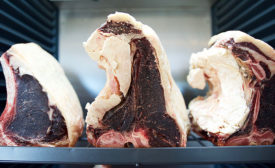Ana Paula Da Silva Bernardo
Author is affiliated with the School of Food Engineering / University of Campinas – Campinas/SP/Brazil.
ARTICLES
Stay ahead of the curve. Unlock a dose of cutting-edge insights.
Receive our premium content directly to your inbox.
SIGN-UP TODAYCopyright ©2024. All Rights Reserved BNP Media.
Design, CMS, Hosting & Web Development :: ePublishing

